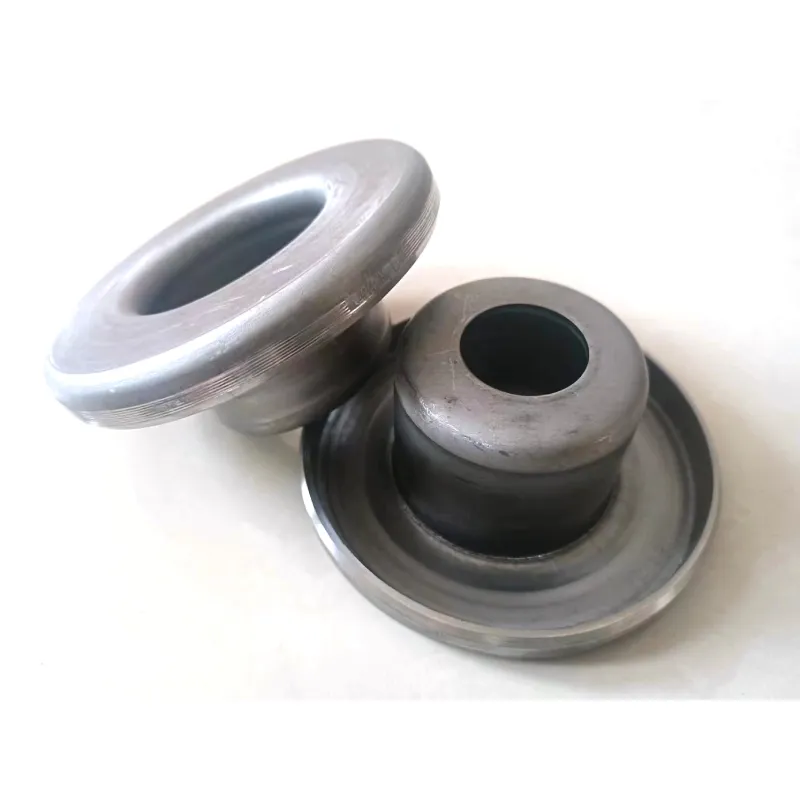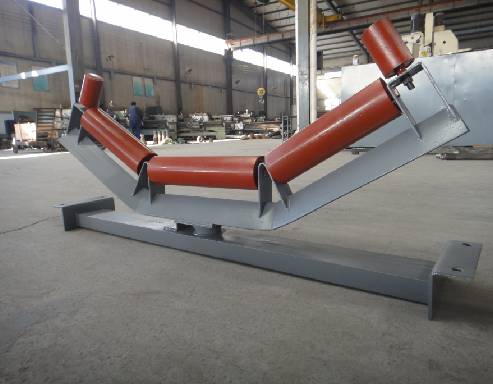 Afrikaans
Afrikaans  Albanian
Albanian  Amharic
Amharic  Arabic
Arabic  Armenian
Armenian  Azerbaijani
Azerbaijani  Basque
Basque  Belarusian
Belarusian  Bengali
Bengali  Bosnian
Bosnian  Bulgarian
Bulgarian  Catalan
Catalan  Cebuano
Cebuano  Corsican
Corsican  Croatian
Croatian  Czech
Czech  Danish
Danish  Dutch
Dutch  English
English  Esperanto
Esperanto  Estonian
Estonian  Finnish
Finnish  French
French  Frisian
Frisian  Galician
Galician  Georgian
Georgian  German
German  Greek
Greek  Gujarati
Gujarati  Haitian Creole
Haitian Creole  hausa
hausa  hawaiian
hawaiian  Hebrew
Hebrew  Hindi
Hindi  Miao
Miao  Hungarian
Hungarian  Icelandic
Icelandic  igbo
igbo  Indonesian
Indonesian  irish
irish  Italian
Italian  Japanese
Japanese  Javanese
Javanese  Kannada
Kannada  kazakh
kazakh  Khmer
Khmer  Rwandese
Rwandese  Korean
Korean  Kurdish
Kurdish  Kyrgyz
Kyrgyz  Lao
Lao  Latin
Latin  Latvian
Latvian  Lithuanian
Lithuanian  Luxembourgish
Luxembourgish  Macedonian
Macedonian  Malgashi
Malgashi  Malay
Malay  Malayalam
Malayalam  Maltese
Maltese  Maori
Maori  Marathi
Marathi  Mongolian
Mongolian  Myanmar
Myanmar  Nepali
Nepali  Norwegian
Norwegian  Norwegian
Norwegian  Occitan
Occitan  Pashto
Pashto  Persian
Persian  Polish
Polish  Portuguese
Portuguese  Punjabi
Punjabi  Romanian
Romanian  Russian
Russian  Samoan
Samoan  Scottish Gaelic
Scottish Gaelic  Serbian
Serbian  Sesotho
Sesotho  Shona
Shona  Sindhi
Sindhi  Sinhala
Sinhala  Slovak
Slovak  Slovenian
Slovenian  Somali
Somali  Spanish
Spanish  Sundanese
Sundanese  Swahili
Swahili  Swedish
Swedish  Tagalog
Tagalog  Tajik
Tajik  Tamil
Tamil  Tatar
Tatar  Telugu
Telugu  Thai
Thai  Turkish
Turkish  Turkmen
Turkmen  Ukrainian
Ukrainian  Urdu
Urdu  Uighur
Uighur  Uzbek
Uzbek  Vietnamese
Vietnamese  Welsh
Welsh  Bantu
Bantu  Yiddish
Yiddish  Yoruba
Yoruba  Zulu
Zulu High-Quality Drum Pulley Solutions Tail Drum Pulley & Rubber Lagging Expert
- Introduction to drum pulley
: structure, function, and industry relevance - Technological advances and performance data analysis
- Comparative analysis of drum pulley, tail drum pulley, and rubber lagged options
- Leading manufacturers: strengths, weaknesses, and product selection criteria
- Customization solutions: addressing unique conveyor and operational requirements
- Real-world application cases: sectors, outcomes, and learned lessons
- Conclusion: drum pulley value in modern material handling

(drum pulley)
Understanding Drum Pulley Technology and Its Industry Significance
Drum pulleys form the driving backbone of modern belt conveyor systems, acting as both power transmitters and directional guides for endless conveyor belts. Comprised chiefly of a cylindrical shell, shafts, end disks, hubs, and bearings, a drum pulley efficiently manages load transfer and belt tension within countless industries. Today, over 70% of bulk material transportation systems globally utilize drum pulleys due to their reliability and efficiency. Their crucial role extends across mining, aggregates, ports, food processing, and manufacturing sectors, ensuring stable movement of materials with minimal downtime. The adaptation of advanced finishes, such as rubber lagging, creates further opportunities for performance enhancement, including improved traction, protection from abrasion, and extended equipment life cycles.
A survey of major logistics hubs indicated that optimized drum pulley configurations could account for up to 35% reduction in conveyor breakdowns. Properly specified pulleys not only reduce maintenance intervals but also drive down total operational costs. Whether employed as a head drum, tail drum pulley, or intermediate drive, each variant is engineered for specific load, environmental, and runtime profiles. With the expanding needs of automated warehousing and high-throughput mining sites, drum pulleys remain essential in supporting streamlined, dependable conveyance solutions worldwide.
Performance Metrics: Data-Driven Improvements and Technical Breakthroughs
The technical evolution of drum pulleys has brought transformative results: high-strength alloys, precision balancing, and enhanced sealing technologies have radically increased efficiency and durability. In recent studies, wear-resistant coatings and advanced rubber lagging have delivered a 200–300% increase in pulley lifespan compared to standard unlagged alternatives. ISO-certified pulleys uniformly report runout tolerances under 0.2 mm, while heat-treated shafts now support dynamic loads exceeding 800 kN for heavy-duty mining applications.
From a data perspective, the incorporation of synthetic rubber lagging extends belt life by an average of 40% and reduces slippage by up to 75%, according to comparative analyses in port terminal operations. Additionally, new labyrinth seal designs prevent ingress of dust and water with 98.5% effectiveness, minimizing bearings-related failures and unscheduled maintenance. In critical logistics nodes, real-time monitoring systems attached to drum pulleys report an average drop of 22% in pulsed vibration—indicative of superior balance and alignment over prolonged operation. The convergence of these advances translates to higher throughput, reduced total cost of ownership, and improved safety records.
Comparison: Drum Pulley, Tail Drum Pulley, and Rubber Lagged Drum Pulley Variants
Each type of drum pulley offers distinct advantages depending on the conveyor’s operational stage and intended function. The primary head drum pulley drives the belt and is commonly rubber lagged for maximum grip, while the tail drum pulley manages belt return and alignment. Rubber lagged pulleys, in particular, introduce critical anti-slip and wear-resistant properties that outperform bare steel in humid or abrasive environments. The below table provides a detailed comparison among the major categories:
| Type | Operational Role | Main Materials | Expected Service Life | Maintenance Frequency | Slip Reduction | Best Application |
|---|---|---|---|---|---|---|
| Standard Drum Pulley | Belt drive and guidance | Carbon steel/alloy | 5-7 years | Every 12 months | Medium | General industry |
| Tail Drum Pulley | Return & alignment | Carbon steel/alloy | 6-8 years | Every 14 months | Low | Bulk material return |
| Drum Pulley Rubber Lagging | Drive with anti-slip | Steel + synthetic rubber | 10-15 years | Every 18 months | High (up to 75%) | Mining, ports, wet conditions |
These data underscore the impact of rubber lagging on the drum pulley’s performance, particularly in high-duty, high-humidity, or abrasive operating environments. Industrial adopters increasingly specify lagged pulleys, not only for new systems but also as retrofit upgrades to existing conveyor lines to enhance service continuity and investment protection.
Evaluating Manufacturers: Strengths, Offerings, and Supplier Selection
The global drum pulley market is served by a range of established and emerging manufacturers. Key players include RULMECA, FLEXCO, ABB Baldor, and PROK, each recognized for specific strengths. RULMECA, for instance, is renowned for high-precision, dynamically balanced assemblies suited to high-speed mining conveyors, boasting product tolerances as fine as ±0.05 mm and 99.9% on-time delivery. FLEXCO focuses on modular, easy-to-install solutions and inventory flexibility, supporting rapid retrofits and diverse lagging materials, while ABB Baldor integrates intelligent condition monitoring and energy-efficient designs, reducing annual energy costs by 10–15%.
When benchmarking suppliers, crucial factors include: product range, technical documentation, service turnover, after-sales support, and the ability to deliver industry-tailored customizations. The comparison table below outlines supplier capabilities for reference:
| Manufacturer | Core Strengths | Product Range | Certification | Customization Level | Warranty | Delivery Lead Time |
|---|---|---|---|---|---|---|
| RULMECA | Precision and durability | Drum, tail, and special pulleys | ISO 9001, ATEX | High | 3 years | 4-6 weeks |
| FLEXCO | Ease of installation | Lagged pulley modules | ISO 45001 | Medium-High | 2 years | 2-4 weeks |
| ABB Baldor | Smart monitoring | Integrated pulley systems | ISO 14001 | Medium | 5 years | 6-8 weeks |
| PROK | Cost-effective longevity | Conveyor pulleys & rollers | ISO 9001 | Standard | 2 years | 5 weeks |
Choosing the right supplier ultimately depends on project specifics: highly customized, large-scale mining operations may prioritize RULMECA’s precision, whereas port or warehouse upgrades may prefer FLEXCO’s rapid deployment and modularity.
Tailored Drum Pulley Solutions: Meeting Unique Conveyor Demands
Not all conveyor systems fit a single mold—customized drum pulley solutions address the nuances of site layout, throughput requirements, and environmental conditions. Engineering teams now commonly request pulleys with non-standard face widths, specialized shaft end designs, double-sealing for aquatic environments, or proprietary rubber lagging profiles. For example, in coastal terminals where saltwater exposure is high, stainless steel alloys with hot-vulcanized lagging are standard. For ultra-heavy-duty mining systems, pulleys may be fabricated for loads in excess of 1000 kN with reinforced shell thicknesses exceeding 32 mm.
The customization process typically involves consultation, finite element analysis (FEA), and prototype testing to ensure optimal load distribution, vibration suppression, and predicted wear patterns. One cement industry client realized a 60% decrease in belt drift after installing a set of crowned, custom-lagged tail drum pulleys, whose design originated from on-site digital scanning and simulation feedback. With the proliferation of data-driven design, advanced monitoring interfaces now provide operators with unprecedented feedback, triggering preventive maintenance before costly breakdowns can occur.
Case Studies: Drum Pulley Success in Various Industries
Successful application of drum pulleys spans across demanding and diverse industries. In a recent gold mining project in Western Australia, the switch to rubber lagged drum pulleys resulted in $230,000 in annual savings due to decreased belt replacement and less downtime. Performance monitoring showed a 42% reduction in slippage incidents and a 27% increase in operating hours before scheduled maintenance. Ports in Southeast Asia, managing over 50 million tons of bulk ore annually, have implemented custom stainless steel and ceramic lagged pulleys. These installations exhibited a 3-fold increase in service life compared to legacy components, attributed to their superior resistance against corrosive marine environments and heavy start-stop cycles.
In food processing and packaging, an Illinois facility faced frequent belt misalignment and microbial contamination. The adoption of tail drum pulleys with FDA-approved rubber lagging, plus a sealed bearing enclosure, not only resolved the hygiene challenge but also enhanced belt tracking by 35%. Over a two-year period, unscheduled maintenance plummeted by 62%. These cases underline the critical advantages of matching drum pulley specifications to unique material, hygiene, and operational needs—bolstering productivity and margin while reducing risk.
Conclusion: Drum Pulley Innovations Drive Modern Material Transport Forward
The enduring success of drum pulley technology stems from its adaptability, robust engineering, and ongoing technical improvements. Integrating innovations like synthetic rubber lagging, precision manufacturing, and digital diagnostics, modern drum pulleys deliver the reliability and efficiency that high-volume material handlers demand. Their foundational role across industries—from mining and ports to food production—demonstrates both their versatility and necessity. Supplier options have diversified, encouraging competitive advancements and tailored configurations that address the ever-evolving requirements of automated, high-speed operations.
As data continues to expose new pathways for reducing cost and downtime, the drum pulley stands as a vital component in pursuit of operational excellence. Companies investing in technology-forward pulleys can expect measurable gains in equipment lifespan, safety, and throughput. The strategic decision to upgrade or customize drum pulley solutions is not merely an investment in hardware, but a commitment to long-term productivity and resilience in material handling ecosystems.

(drum pulley)
FAQS on drum pulley
Q: What is a drum pulley in conveyor systems?
A: A drum pulley is a cylindrical component used to drive or redirect a conveyor belt. It provides tension and tracking for the belt in various material handling applications.Q: What is the purpose of a tail drum pulley?
A: A tail drum pulley is located at the end or "tail" of a conveyor, opposite the drive pulley. Its main function is to maintain tension and facilitate smooth belt return.Q: Why is drum pulley rubber lagging used?
A: Drum pulley rubber lagging is applied to increase friction between the pulley and belt. It helps prevent belt slippage and protects the pulley surface from wear.Q: How do you choose the right drum pulley for your conveyor?
A: Select a drum pulley based on belt width, load requirements, and environmental conditions. Also, consider lagging options for improved performance.Q: What are the maintenance needs for a drum pulley?
A: Regular inspection for wear, proper alignment, and lagging condition is essential. Lubricating bearings and replacing damaged components ensure longevity.-
Trusted Conveyor Solutions from Leading Conveyor Idler Roller ManufacturersNewsJun.27,2025
-
Reliable Return Idler Solutions for Efficient Belt Conveyor SystemsNewsJun.27,2025
-
Precision Conveyor Accessories for Streamlined Material HandlingNewsJun.27,2025
-
High-Quality Belt Conveyor Idler Solutions for Efficient Material HandlingNewsJun.27,2025
-
High-Performance Belt Conveyor Pulleys for Reliable Material HandlingNewsJun.27,2025
-
Enhancing Material Handling EfficiencyNewsJun.27,2025





























